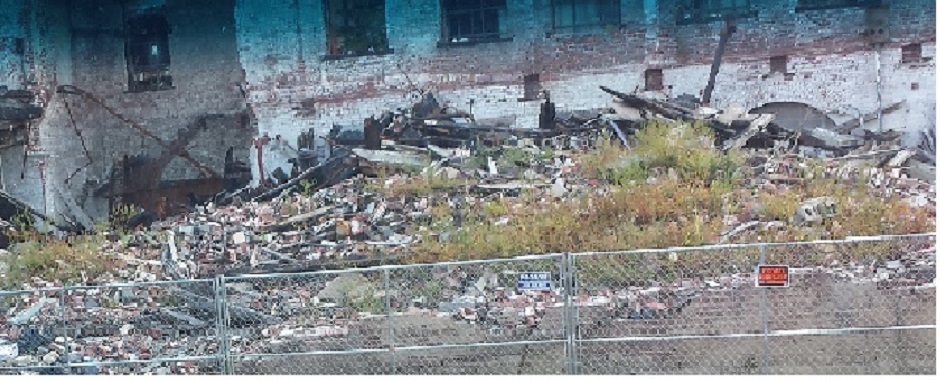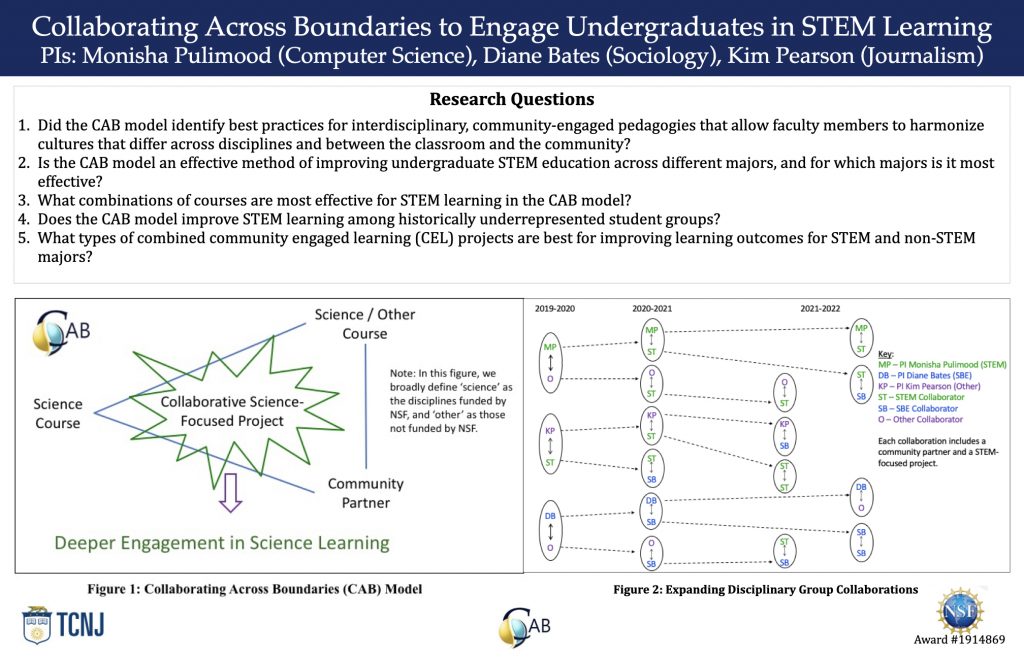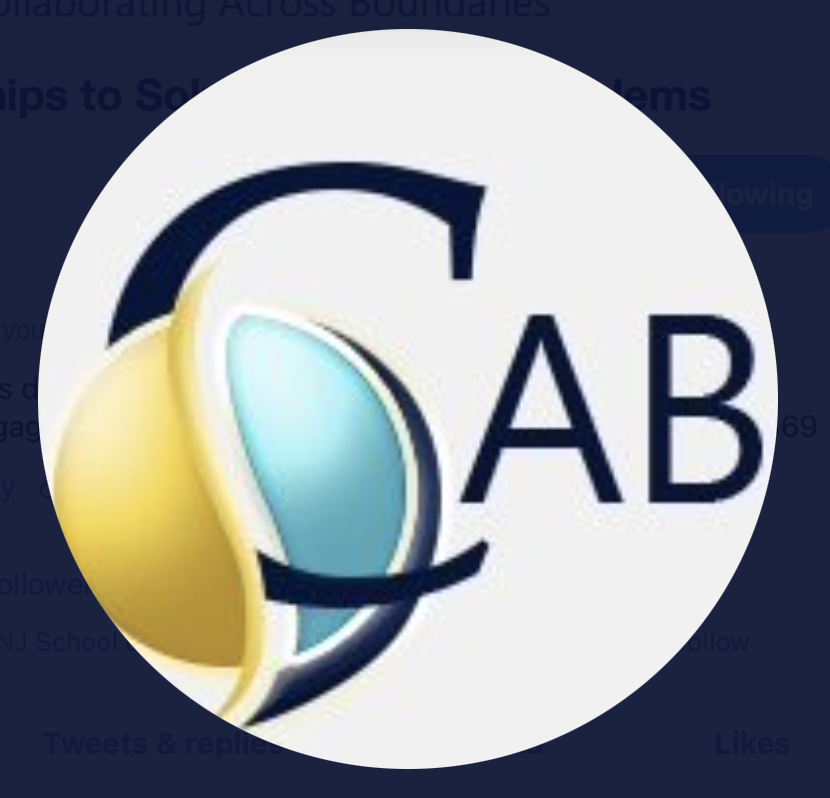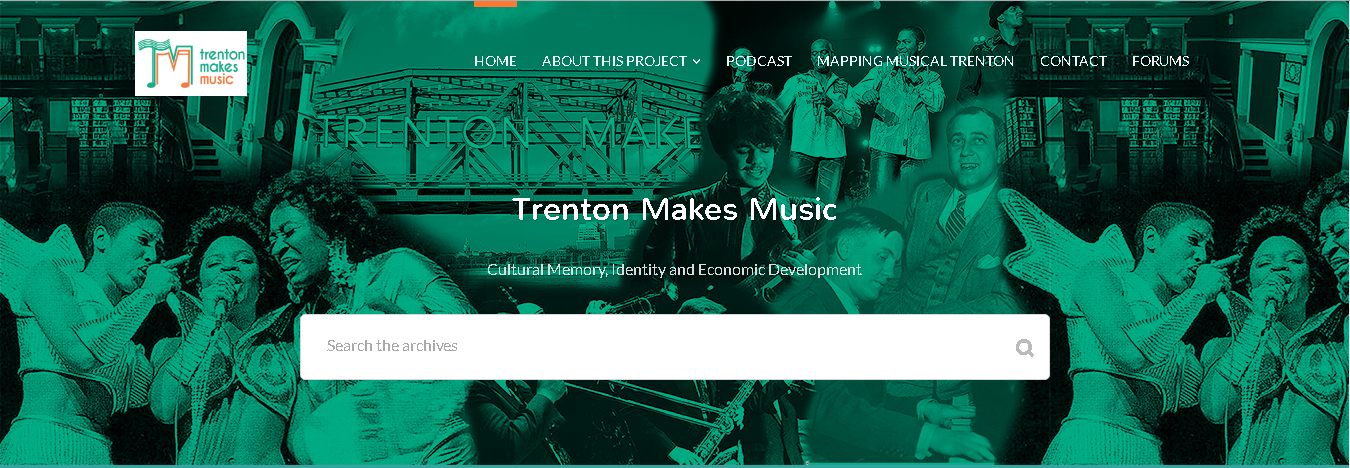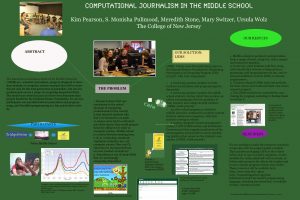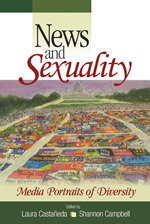In June, 2009, my colleague Ursula Wolz and I had a chat with outgoing Ewing New Jersey Public Schools Superintendent Raymond Broach about his views on the IJIMS Project. IJIMS or the Interactive Journalism Institute for Middle Schoolers, is collaboration between Ewing township’s middle school and The College of New Jersey that is supported by the National Science Foundation’s Broadening Participation in Computing Project. Wolz is the Project’s principal investigator; I am a co-PI along with Monisha Pulimood. The other TCNJ members of our team are gender equity specialist Mary Switzer, several TCNJ student research assistants, and a select group of volunteer mentors. Meredith Stone is our external evaluator.
Our hypothesis was that students who don’t think of themselves as “computing types” can be successfully introduced to computing and programming concepts by learning to do multimedia journalism about their own communities. Our research results more than validate our hypothesis.
In this interview, Dr. Broach lauded the constructivist nature of the IJIMS model – a method of teaching the emphasizes collaboration and discovery, making students participants in creating knowledge, not merely absorbing knowledge. Broach noted that the Fisher teachers and guidance counselor who collaborated with us also received training in multimedia journalism and programming in Scratch. This, he said was a departure from the usual professional development model, because it required the teachers to learn skills that weren’t necessarily part of their training.
By the way, one of the Fisher teachers, Laura Fay, recently presented her experience teaching the Scratch programming language in the 8th grade language arts classroom at a meeting for investigators in the BPC program. You can read the notes from the presentation she and Ursula Wolz gave on the IJIMS project:
